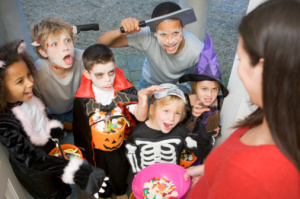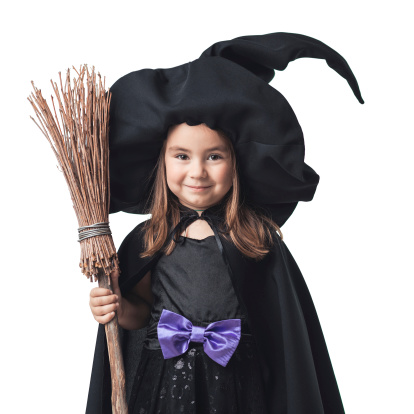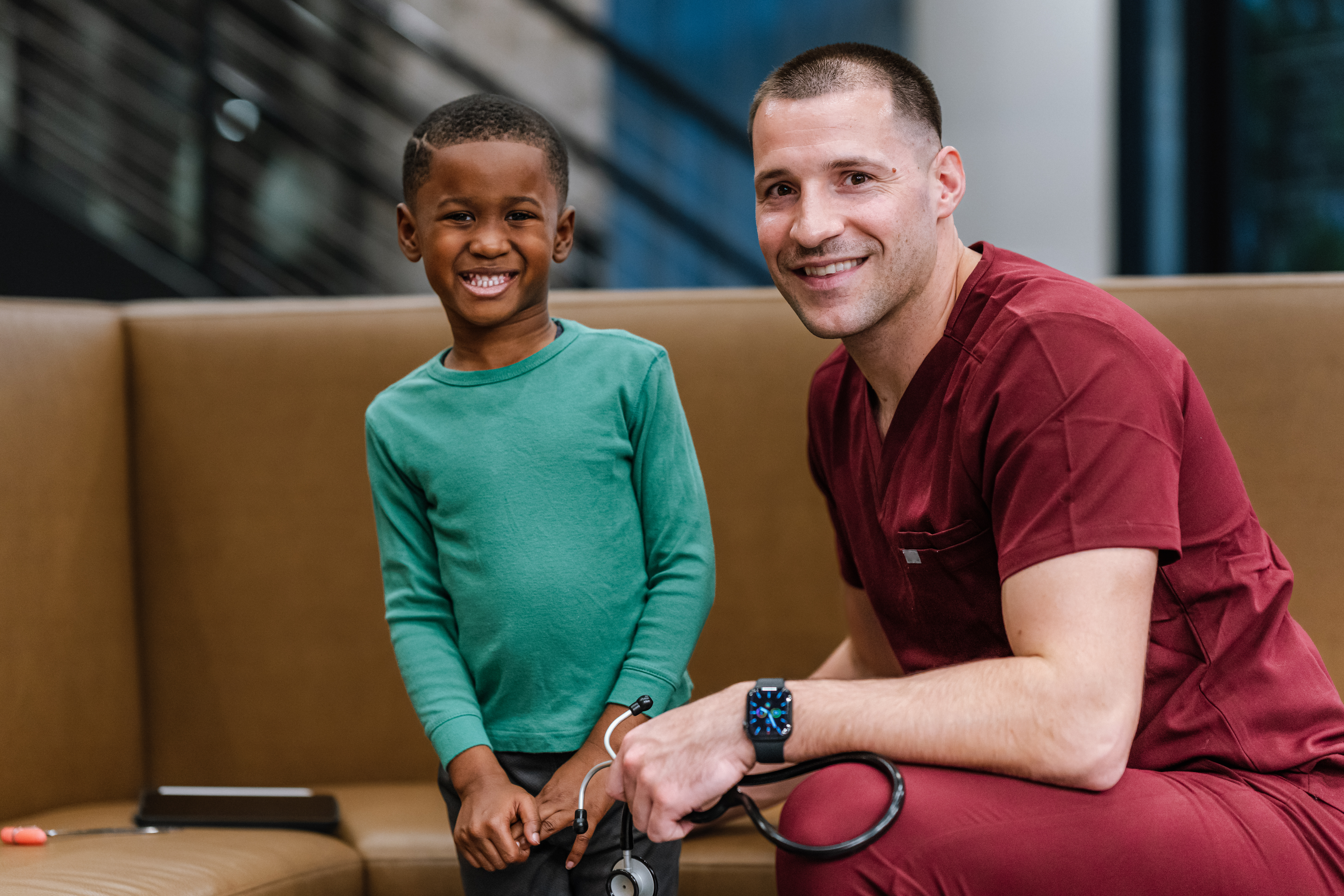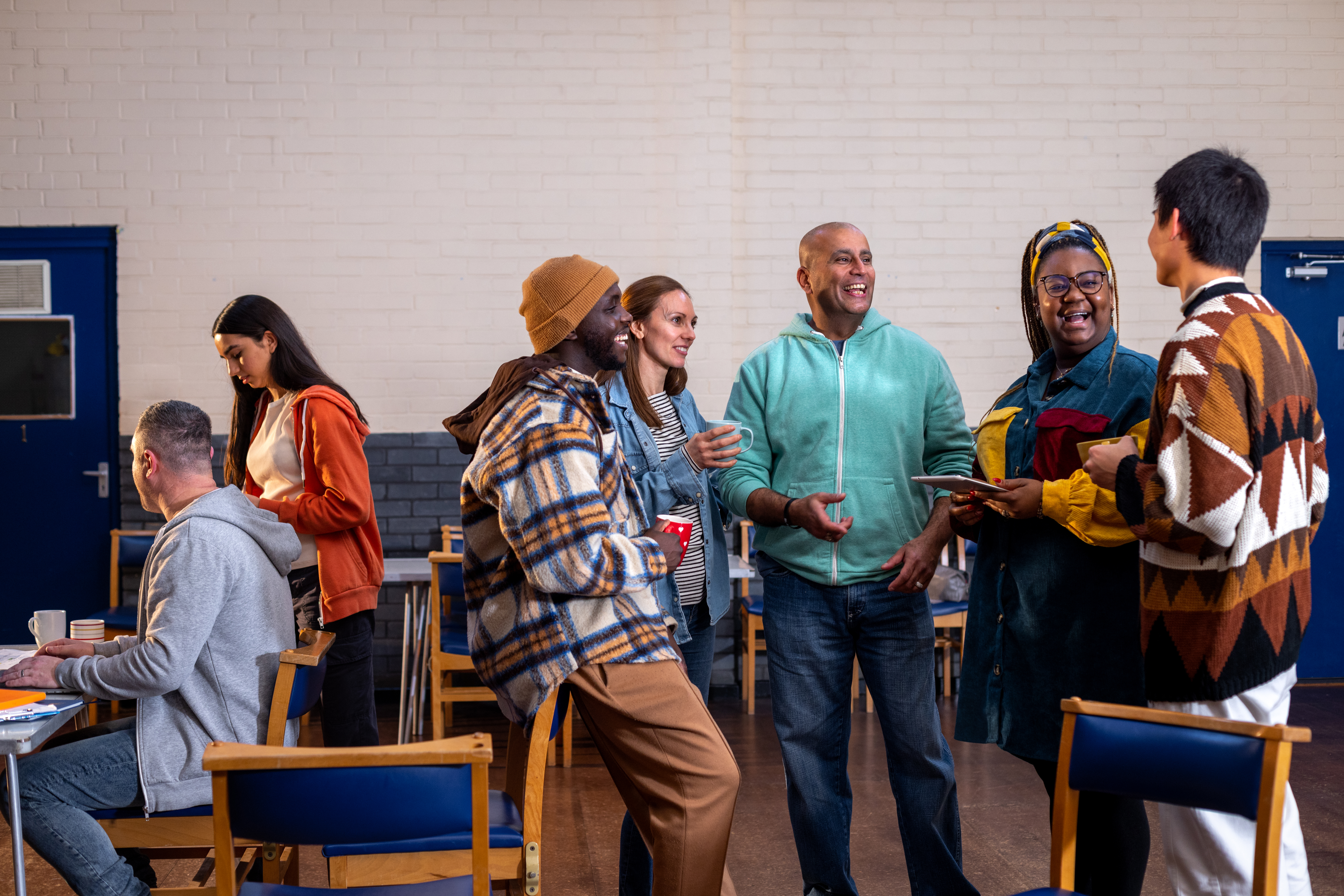Note: With Halloween this Saturday, Thriving Schools blogger and Kaiser Permanente pediatrician Dr. Kate Land (@KPKiddoc), graciously agreed to allow us to re-purpose her pre-Halloween post from last year. As a bonus, she’s updated her post with new information highlighting kid wisdom when it comes to making smart choices at Halloween.
Last week I tweeted a link to research asserting that, given the choice, kids were as likely to select small toys and other non-candy treats at #Halloween. One follower suggested I was #delusional. Beyond guessing this person had not read the study, I was sure she was not giving our kids enough credit. Sure, they like candy, but they enjoy toys and non-candy treats too.
If you allow Halloween to be a “learning opportunity” as the nutritionist Ellyn Satter advises, you will find they learn to manage their own stash of candy and make wise choices. Those choices may be a cool Halloween pencil over yet another mini candy bar. And, I know this works — for 19 years I have offered both candy and fun, non-candy items. The pencils and toys are definitely popular!
What follows is my post from last year, which is just as applicable this Halloween.
Before becoming a parent, there were many things I thought I’d never do as a mom. You know, like just wipe off the pacifier and plug it back in. Or, buy them a cell phone. Or, let teens wear sagging jeans. Or, let them eat as much Halloween candy as they want. I have had to eat my words a few times and Halloween is one of those.
I enjoy Halloween with its fall colors and crisp air. It has little in the way of obligation or work associated with it and feels for the most part, like pure fun. But as parents and teachers, we worry about the amount of sugar kids get each Halloween. This concern is for good reason. The average child in the U.S. is reported to eat 32 teaspoons of sugar a day. The Centers for Disease Control tell us that American children eat 16 percent of their total caloric intake or 442 calories a day from added sugars. We buy nearly 600 million pounds of candy a year for Halloween.
Given this, Halloween offers us a chance to educate our kids about sugar, nutrition and exercise. Here are some ideas for how to navigate around these mounds of sugar:
- Tonight at dinner, talk with your kids about sugar, candy, excess and moderation. Is it ok to eat small amounts of candy? Is it important to learn how to stop after one piece? How does eating too much candy make them feel? What can they do with extra candy?
- Partner with your children’s teacher to teach about nutrition. Kids respond well to the graphics of http://www.choosemyplate.gov/kids/ . Consider using the statistics and articles about sugar consumption cited above.
- Volunteer to bring a healthy snack to school for Halloween parties. One idea are these seasonal pumpkin muffins.
- You don’t need to hand out candy on Halloween. Try packs of sugarless gum. A recent study showed that kids like getting stickers, pencils and small toys as much as candy!
- If you hand out candy, give out one small piece per kid.
- Start off Halloween night with a big, healthy, plant-based dinner. Full kids eat less candy (full grownups too!)

Then, after trick or treating comes the biggest challenge: what do parents do with all the candy? There are many approaches to this and you have to find what works for your family. I suggest that teaching kids moderation is important. Trying to control or prevent all sweet intake can backfire.
- Some families allow a piece or two a day (many a mom takes one piece for herself each day too!)
- Some parents “buy back” candy from their kids. For example, a pound of candy can earn a book.
- Candy can be donated.
- Show younger kids they can have fun by sorting the candy by color, shape and type. Make graphs of what they got.
- Do some candy science — there are lots of fun experiments to try!
- Make trail mix with dried fruits, nuts and small candies.
I asked my kids last night at dinner about Halloween candy. I asked why they end up with a pile of uneaten candy each year — rather than chowing down every last grain of sugar? They all felt that it had a lot to do with my unconventional approach. You know those things I said I’d never do as a parent? Well, I do tend to let my kids eat what they want out of their bag of candy. I recognize how crazy that sounds coming from a pediatrician. But, I temper my laid back approach with loads of education. It all comes back to using Halloween as a chance to talk with our kids about health choices, nutrition and exercise.



